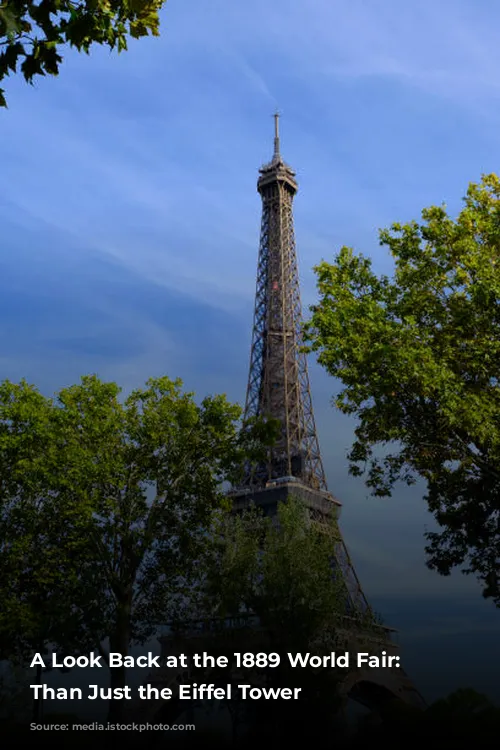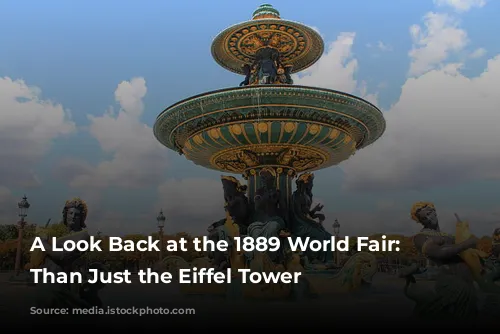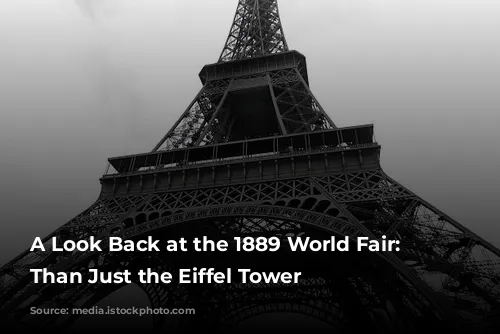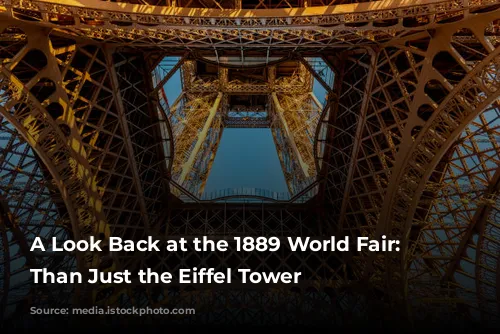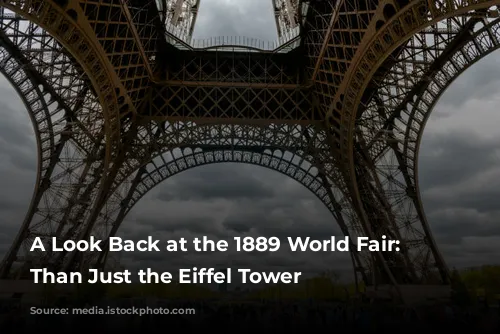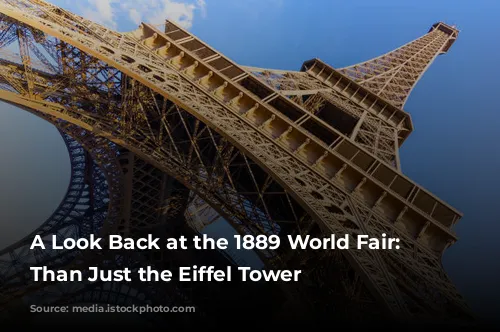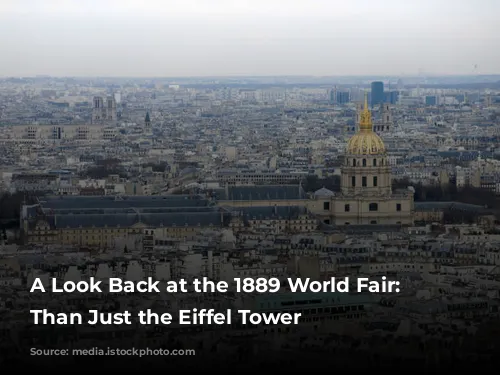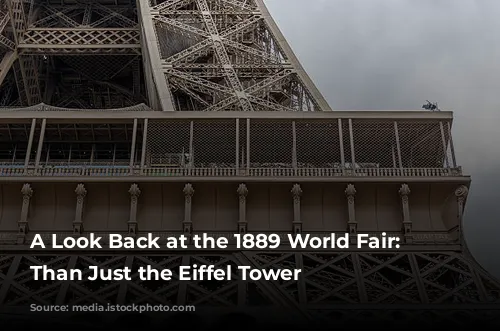The 1889 World Fair in Paris was a landmark event, exceeding its predecessors in size and ambition, while also laying the foundation for future world expositions. While many may associate the fair primarily with the iconic Eiffel Tower, its significance extends far beyond this singular structure. This article will delve into the remarkable aspects of this event, highlighting its impact on the conception of international exhibitions and its role in showcasing technological advancements of the time.
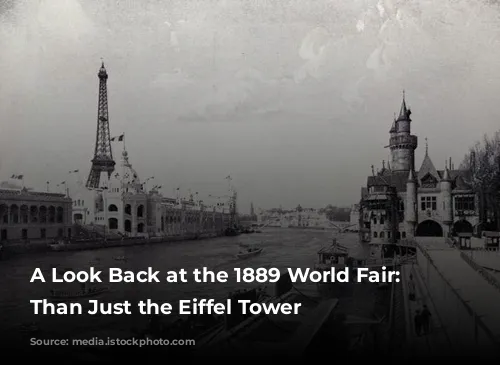
A Legacy of Innovation: From London to Paris
The 1889 World Fair marked a turning point in the history of international exhibitions, building upon the legacy established by London’s 1851 Great Exhibition. London’s groundbreaking display, housed in a revolutionary prefabricated building, ignited a wave of national pride across Europe. France swiftly responded, showcasing its own architectural prowess with a grand palace built in 1855 on the Champs-Élysées. Subsequent exhibitions followed, each surpassing its predecessor in scale and grandeur, solidifying the international exhibition as a symbol of national progress and technological advancement.
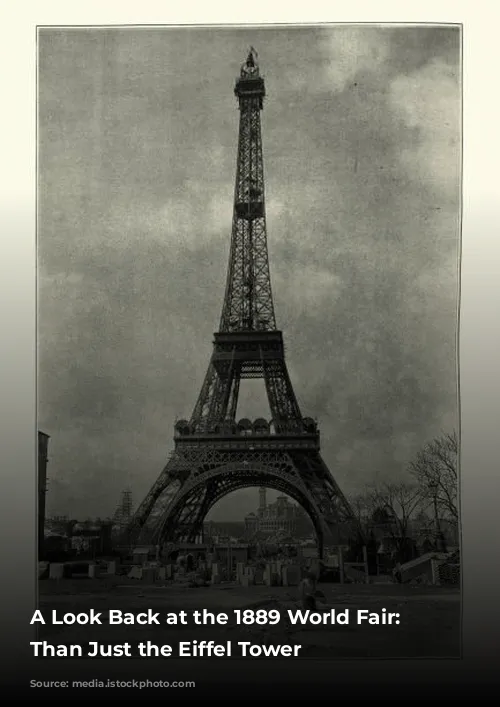
A Celebration of Industrial Might and National Pride
The 1889 World Fair was a grand spectacle, commemorating the centenary of the French Revolution and demonstrating France’s industrial prowess on the global stage. Under the auspices of the Republic and its colonial empire, France aimed to solidify its position as a world power. Spanning an impressive 125 acres, the fair adopted the architectural style of its 1878 predecessor, showcasing a multitude of galleries and pavilions. While national pavilions played a significant role, the fair saw a notable American presence due to a boycott by European monarchies.

Two Titans of Engineering: The Galerie des Machines and the Eiffel Tower
Two monumental structures stood as testaments to the era’s technological prowess: the Galerie des Machines and the Eiffel Tower. The Galerie, the world’s largest building at the time, showcased the power of metalwork, covering a vast area without internal supports. The towering Eiffel Tower, an audacious feat of engineering, captured the world’s imagination and has become an enduring symbol of Paris. While the Galerie was ultimately dismantled, the Eiffel Tower has stood the test of time, a testament to the vision of its creator, Gustave Eiffel.

A Spectacle of Innovation and Artistic Expression
The 1889 World Fair attracted over 32 million visitors, eager to witness the latest inventions and marvel at the ingenuity of the age. The event presented a captivating panorama of technological wonders, including electricity and the telephone, captivating the public’s imagination. While metal frameworks dominated the architectural landscape, the use of ceramics, terracotta, and stained glass added a touch of elegance and artistry to the exhibition, creating a visually stunning experience for visitors.

A Lasting Impact on the World Stage
The 1889 World Fair, though largely dismantled, left an indelible mark on the world. Its legacy extends beyond the iconic Eiffel Tower, influencing the design and scope of future international exhibitions. More importantly, the fair served as a platform for showcasing the power of innovation, fostering a spirit of progress that continues to shape the world today.
